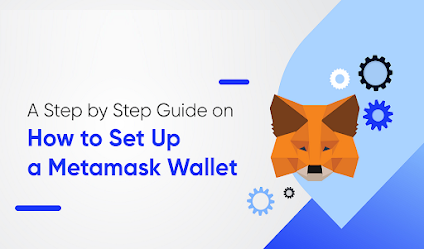Role of Private and Public keys on the software Trezor App
To survive in the crypto world, you must have a good crypto wallet that you can trust blindly with your
assets. But how can one determine which wallet is the perfect to keep your funds in? There are way too
many wallets to explore. Each one of them offers some unique feature making them different from the
other wallet. But all the crypto wallets are classified into two main categories hardware wallet and
software wallet. The trader first has to determine which kind of wallet they would like to go with, after
this, you can move on to the real wallet selection. So, if your choice is the hardware wallets then this
blog is apt for you.
Here, we want to discuss the about one astonishing wallet called Trezor Hardware Wallet. You can use
the services of this wallet using its physical device as well as the Trezor App. So, let us get you started
with this blog.
Role of Public and Private Keys
Being a part of crypto work means that you have to learn several terminologies related to this industry,
to operate better in it. The most common terms you will hear are the Public and Private keys, these are
the most important terms that you as a trader should know. As the name suggests, you can share your
public key with others because it does not hold any kind of private data. However, it is strictly prohibited
to share your private key, as it holds the necessary information about your wallet account. In this
segment, we will talk about the use of these keys in the Trezor App. So, be prepared to learn the basics:
Security Key Generation
The generation of the private keys takes place with the secure hardware random number
generator. The execution of this procedure is offline, leaving no chance for the keys to leave
your Trezor App. And then with the help of these private keys, the generation of public keys
takes place.
Storing keys Offline
Your Private keys are in offline mode, protecting them from all the phishing attacks and
unauthorized access as well. So, with the protection of keys, you will minimize your risk of losing
the funds from your Trezor wallet.
Transaction verification and the Signing
After initiating a transaction, the Trezor App will always ask you to sign the transaction to take
the verification that you do want to move further. All this was made possible due to the private
keys generated by Trezor.
We hope that you now understand the importance of your private as well as public keys.
Is Trezor Safe?
After getting to know that one might have to use the software application of this hardware wallet,
people started to question the safety of the wallet. Well, all of this is a result of several cases of security
breaches that came forward from the software wallets. But what people fail to understand is that this
Trezor App is a part of a hardware wallet and not a wallet itself. It was made for viewing only. Further,
the security measures that this wallet possesses are hard to break into. To know more about it use the
https://trezor.io/start and get all the information you need.
Final Verdict!
Here we finally end the blog of our Trezor App, to cut it down short, we talked about the private and the
public keys. These are an important part of a crypto hardware wallet, so we needed to elaborate on this
topic. We hope that you understood our blog, and if you need more details, then you can always go to
the blog segment of this wallet.



Comments
Post a Comment